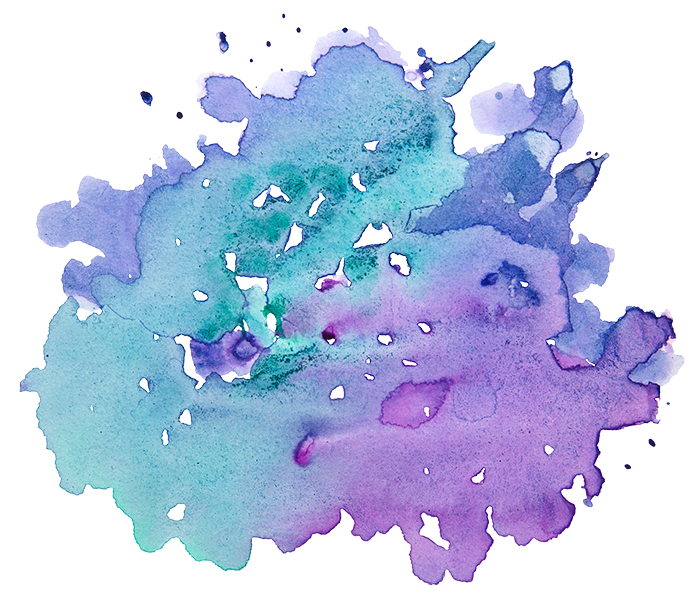by Debbie Issokson, Mikveh Guide
 I recently returned from a trip to Spain, a country filled with Jewish history, most of it buried, hidden or wiped out of sight since the Spanish Inquisition of the 1400’s. Ubeda was one of our destinations, a small town in the Andalucia region. As I explored TripAdvisor, I found one tiny posting mentioning a medieval synagogue that had recently been unearthed in this town. My interest piqued and soon I was exploring the website of Synagoga del Agua. The word “mikveh” caught my attention and I was sure that I needed to visit this place.
I recently returned from a trip to Spain, a country filled with Jewish history, most of it buried, hidden or wiped out of sight since the Spanish Inquisition of the 1400’s. Ubeda was one of our destinations, a small town in the Andalucia region. As I explored TripAdvisor, I found one tiny posting mentioning a medieval synagogue that had recently been unearthed in this town. My interest piqued and soon I was exploring the website of Synagoga del Agua. The word “mikveh” caught my attention and I was sure that I needed to visit this place.
Fast forward many weeks. I am standing outside a building in Ubeda. I knew I’d be seeing a mikveh within the remnants of a synagogue heretofore buried, literally, in rubbish and rubble with buildings constructed on top of it. I did not know that the Inquisitor’s Coat of Arms would be engraved on the doorway of the building next to it. This, alone, was enough to propel me to a place of deep emotion and wonder: wonder at the horror of forced conversion or expulsion, wonder at the process of one group of people deciding that another group of people cannot freely exist and express themselves, wonder at the audacity to take over another culture’s sacred spaces and wonder at the process of reclaiming history, tradition, and its attendant rituals.
As I anticipated seeing the mikveh of Synagoga del Agua, I thought about Mayyim Hayyim, my reference point for all things mikveh: Mayyim Hayyim, created with the intention of reclaiming and revitalizing an ancient ritual, designed and built with thoughtfulness and consideration of Hiddur Mitzvah (beautification of the mitzvah), organized around policies and procedures that facilitate an immersion experience clear of the “rubble” and unburdened by the “baggage” or negative connotations that may have inhibited or deterred participants in the past.
Return once again to the mikveh of Synagoga del Agua, a synagogue built around many wells, two of which are still filled with water. Wander down through this stunning structure, two levels below the street and there, beneath a beautifully curved stone ceiling, is a mikveh, completely intact. Delicious spring water fills the pool and immediately the ancient ritual comes alive.
My experiences at Mayyim Hayyim as a guide, witness, creator of rituals and immersion visitor allow me to connect to this place in a spiritually embodied way. Andrea, our most special guide, removes the barrier rope and allows me to quietly descend the seven stone steps and touch the waters. I am filled with awe, touched deeply by the quiet, powerful energy of this place, grateful to the property developer who stopped his condo project in order to preserve this unearthed and unanticipated discovery and hopeful that others will visit this buried treasure and immerse in our history.
For more information about Synagoga del Agua, visit:
https://sinagogadelagua.com.
https://thisblonde.wordpress.com/2011/03/31/sinagoga-de-agua/
https://thisiswhatweate.blogspot.com/2012/04/la-sinagoga-del-agua.html
Debbie Issokson is a licensed psychologist specializing in perinatal mental health, a trained mikveh guide, was co-chair of the Ritual Creation Team at Mayyim Hayyim and co-author of the rituals included in Mayyim Hayyim’s publication A New Beginning: Ceremonies for the Mikveh.




Anita Diamant
Thanks so much. This is wonderful. I clicked through to the sygaogue website and saw there are no comments on the mivkeh page. Would you consider reposting there and sharing this experience and Mayyim Hayyim more globally?
Lynn goucher
wow! I love history anyway but this story is so beautiful. I can’t believe how clear and fresh the water looks after all these centuries. I wonder about the people who immersed themselves there. What were they like? What were they thinking? What it must have been like for them when the Inquisition knocked on their doors…. I was raised in a eclair home but a recent DNA test revealed that my ancient mother was Jewish. I suspect she was Sephardic and I wonder what she was like and what it must have been like for her. I am trying to trace my family tree back and find her if that’s possible. I wonder if she immersed in a mikveh like this one?
Lynn goucher
Dang that autocorrect!! That should read secular, not eclair! Although I do enjoy a tasty eclair from time to time!
alizakline
Debbie, thank you sharing this with us. I’m struck by the visceral connection you felt (and translated so that I could feel it too) to this sacred site and to our global Jewish heritage. Most often I feel like that “peoplehood” thing feels forced; but in this case it feels totally organic.
thisblonde
Thanks for the blog mention, Debbie. I hope you enjoyed your time in beautiful Ubeda, and had an opportunity to speak with la familia Crespo about their discovery / the history.